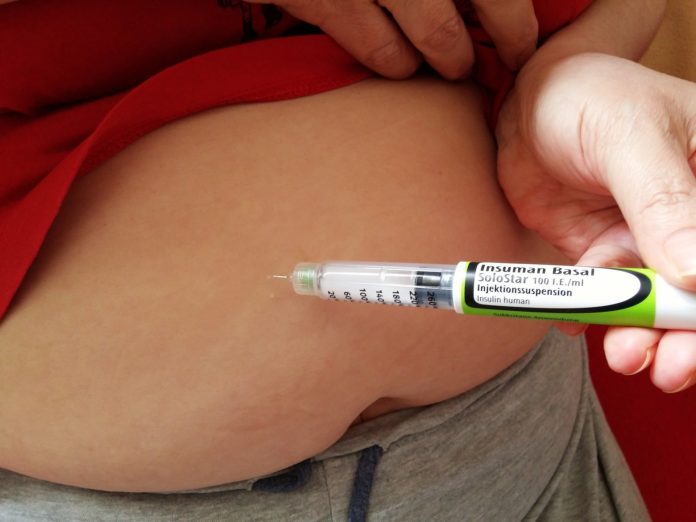The amount of insulin needed to treat type 2 diabetes will rise by more than 20% worldwide in 12 yrs
The amount of insulin needed to effectively treat type 2 diabetes will rise by more than 20% worldwide over the next 12 years.
This will however not be accompanied by major improvements in access. Insulin will remain beyond the reach of around half of the 79 million adults with type 2 diabetes who will need it in 2030. These are the predictions of a study published in The Lancet Diabetes & Endocrinology journal.
Given India’s diabetes burden and the dire predictions of a further explosive rise in its incidence, the largest number of that 79 million are likely to be in India. 98 million Indian diabetics will need Insulin by 2030, the study estimated.
People living in Africa, Asia and Oceania regions will have the largest unmet insulin need in 2030 if access remains at current levels, according to the study.
Insulin is essential for all people with type 1 diabetes and some people with type 2 diabetes, to reduce the risk of complications such as blindness, amputation, kidney failure, and stroke. The number of adults with type 2 diabetes is expected to rise over the next 12 years due to ageing, urbanization, and associated changes in diet and physical activity.
Number of adults with type 2 diabetes expected rise by more than a fifth from 406 million in 2018 to 511 million in 2030, with over half living in just three countries–China (130 million), India (98 million), and the USA (32 million).
Insulin treatment is costly, and the international insulin market is presently dominated by only three major manufacturers.
Data from the International Diabetes Federation and 14 cohort studies (representing more than 60% of the world population with type 2 diabetes) was used by the researchers to estimate the burden of type 2 diabetes in 221 countries and territories between 2018 and 2030.
Results showed that the number of adults with type 2 diabetes is expected rise by more than a fifth from 406 million in 2018 to 511 million in 2030, with over half living in just three countries–China (130 million), India (98 million), and the USA (32 million).
The estimates suggest that making insulin widely accessible in Asia could more than double numbers of insulin users from 21 million to 48 million people. At the same time, global insulin use is projected to rise from 526 million 1000-unit vials in 2018 to 634 million in 2030.
“These estimates suggest that current levels of insulin access are highly inadequate compared to projected need, particularly in Africa and Asia, and more efforts should be devoted to overcoming this looming health challenge,” said Dr Sanjay Basu from Stanford University, USA who led the research.
The projections of type 2 diabetes prevalence however, do not account for dietary and physical activity environments changing over time, which means that the disease could have a much larger or smaller impact in the future.


